NASA Sees Our Ocean In Color. How About You?
NASA Sees Our Ocean in Color. How About You?
Take a deep breath. Feel the oxygen in your lungs. We have the ocean to thank for that! Over long time scales, between 50 and 70 percent of our planet's oxygen is produced by microscopic organisms living in the ocean.

Today is World Oceans Day! And as our planet’s climate continues to change, we want to understand how one of our biggest ecosystems is changing with it. Wondering how you can celebrate with NASA? We’ve got downloadable coloring pages and online coloring interactives to show how we study the ocean. Read on.
From Space to Sea

Download ocean missions coloring page here Download Sentinel-6 Michael Freilich coloring page here
We use planes, boats, Earth-observing satellites and much more to study the ocean and partner with organizations all over the world. Here are a few examples:
From Sea
The Export Processes in the Ocean from Remote Sensing (EXPORTS) is oen way we study the ocean from the sea. study changes in the ocean’s carbon cycle. In May, scientists and crew conducted research on three ships in the Northern Atlantic Ocean. They hope to create models to better understand climate change patterns.
From Space
Launched last year, the Sentinel-6 Michael Freilich spacecraft began a five-and-a-half-year prime mission to collect the most accurate data yet on global sea level and how our oceans are rising in response to climate change. Sentinel-6 Michael Freilich is just one of many satellites monitoring the ocean from space. Together with other Earth-observing spacecraft, the mission will also collect precise data of atmospheric temperature and humidity to help improve weather forecasts and climate models.
Finding Eddies

Download Eddies Coloring Page The ocean is full of eddies – swirling water masses that look like hurricanes in the atmosphere. Eddies are often hot spots for biological activity that plays an important role in absorbing carbon. . We find eddies by looking for small changes in the height of the ocean surface, using multiple satellites continuously orbiting Earth. We also look at eddies up close, using ships and planes to study their role in the carbon cycle.
Monitoring Aerosols and Clouds

Clouds coloring interactive here
Aerosols coloring interactive here
Tiny particles in the air called aerosols interact with clouds. These interactions are some of the most poorly understood components of Earth's climate system. Clouds and aerosols can absorb, scatter or reflect incoming radiation -- heat and light from the Sun -- depending on their type, abundance and locations in the atmosphere. We’re building new instruments to better understand aerosols and contribute to air quality forecasts.
The Ocean in Living Color Download PACE coloring page here

The Plankton, Aerosol, Cloud, ocean Ecosystem (PACE) mission will continue and greatly advance observations of global ocean color, biogeochemistry, and ecology, as well as Earth’s carbon cycle and atmospheric aerosols and clouds. It’s set to launch in late 2023 to early 2024. Want to learn more? Click here to see how PACE will collect data and here to see what PACE will see through our coloring interactives. (Make sure to check out the hidden surprises in both!)
Exploring Ocean Worlds on Earth and Beyond
Download Clouds coloring page here

Using our understanding of oceans on Earth, we also study oceans on other planets. Mars, for example, contains water frozen in the ice caps or trapped beneath the soil. But there’s even more water out there. Planets and moons in our solar system and beyond have giant oceans on their surface. Saturn’s moon Enceladus is thought to have a massive ocean under its frozen surface, which sometimes sprays into space through massive fissures in the ice.
Learn more about ocean worlds here: nasa.gov/oceanworlds
Interested in learning more about how NASA studies oceans? Follow @NASAClimate, @NASAOcean and @NASAEarth.
You can also find all the coloring pages and interactives here.
Make sure to follow us on Tumblr for your regular dose of space: http://nasa.tumblr.com.
More Posts from Xdirewolfx and Others

🎃Happy Halloween! 🎃


BLEACH fans are feeling good today


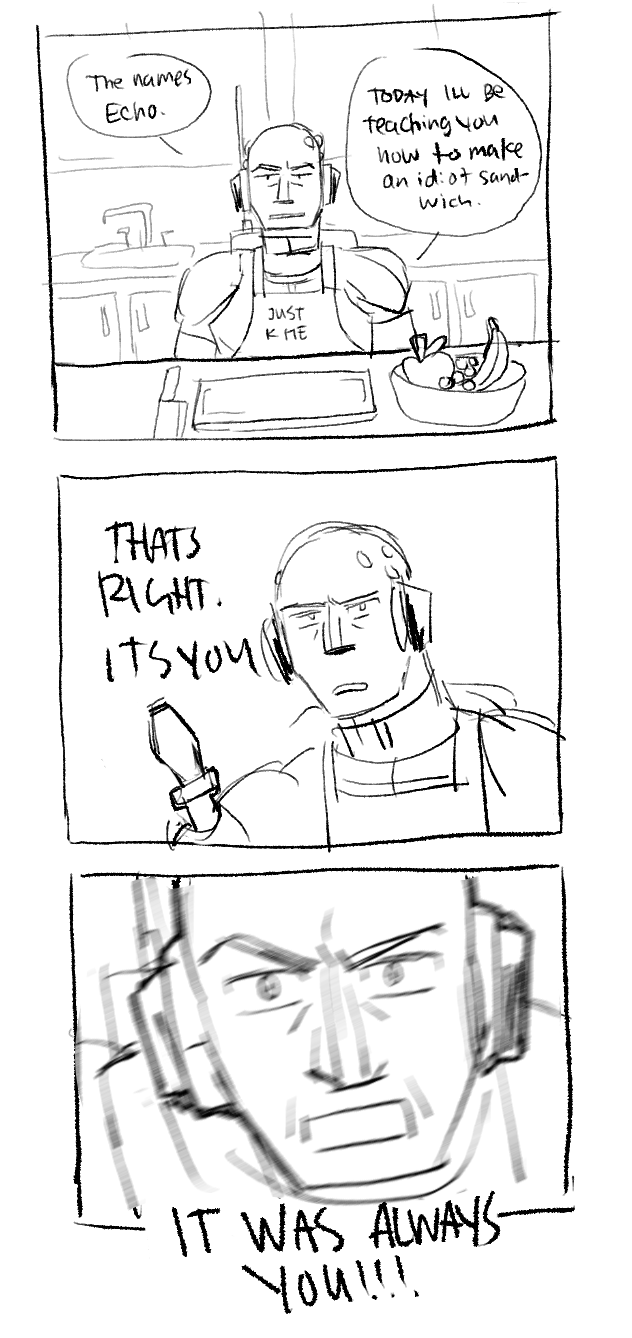
IT WAS A L W A Y S YOU










BLEACH (2022)
THE THOUSAND YEAR WAR - FINAL ARC

Some sketches of Rosario Dawson as Ahsoka Tano 🤍 I wish her Lekku were longer however I really liked how she portrayed her
Hi guys, I made an instagram with images of space (nebulae, galaxies, etc) @wonders_of_the_cosmos | Twitter: @wotcosmos

When you see a giant red bug yelling at you...
Whatever you do, don’t read the “Training” section of the Canon Clone Trooper Wookiepedia.
You’ll cry.
I want to give some information about this post. There is no wrong to call us muslims but not saying anything about our ethnicity is wrong because muslim is not a race is a word that we use for follower of Islam. In these pictures all of them are Turkic (must be not confused with Turkish ( Turkish is nationality and we use it for Turks in Turkey.)). Central Asian Turks (Kazakh, Kyrgyz) are belong to group of Kypchak-Cuman Turks. ( also includes Tatars. (Crimea and Tataristan),my ethnicity by the way :), ) and Oğuz Turks are another group (Anatolian Turcomens, Azerbaijani Turks, Turkmenistan and Gagauz ( Christian oğuz turks)). Like I said it's not wrong call us Muslims but not using our ethnicity name is not feel right. Also another little information, Turkic-Islamic belief system is mixed with our old religon Tengrism / Shamanism. :)
Now I’m curious; do you have any headcanons for what modest fashion on Mirial looks like since they’re Muslim coded?
ooooh, this was fun to make headcanons for!
ok, so what we know of mirial is that it’s a cold, arid planet that’s rich with natural resources - but beyond that info seems scarce in both canon and legends
anyway - i headcanon that traditional mirialan dress is modest due to cultural preference and protection from the elements. i also like the idea of heavy embroidery and embroidery being an important craft and art there
so, here are some clothing examples i pulled from traditional, central asian muslim dress from regions that have colder, arid climates:



i also like the idea of elaborate headdresses and hair coverings, with different styles reflective of different families/clans or regions
for this i pulled images from the popular series Diriliş: Ertuğrul, which portrays the oghuz muslims in the 13th century:






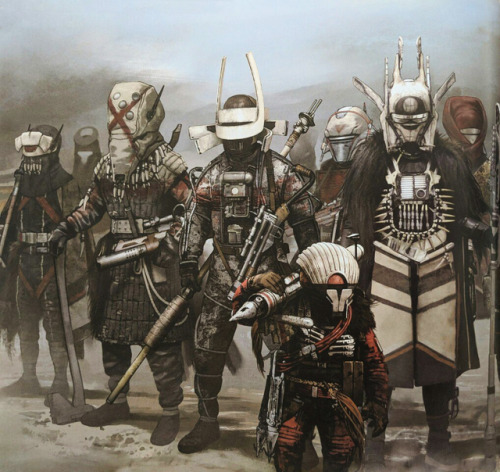
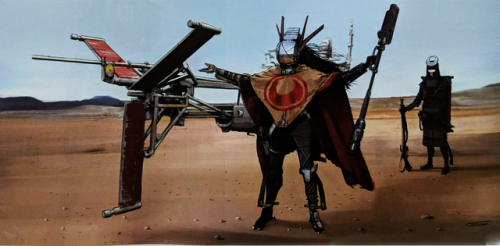

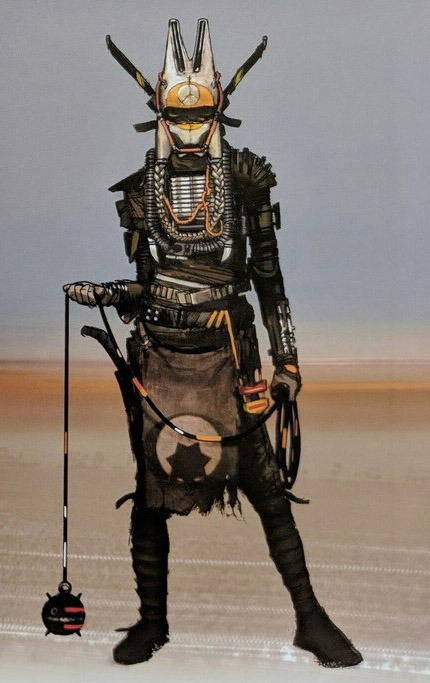
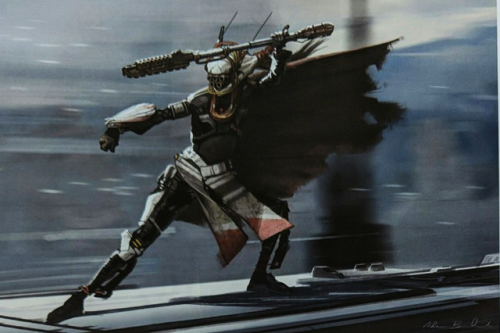
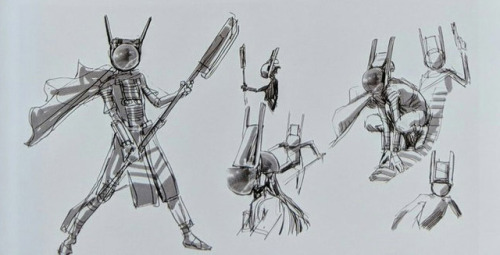
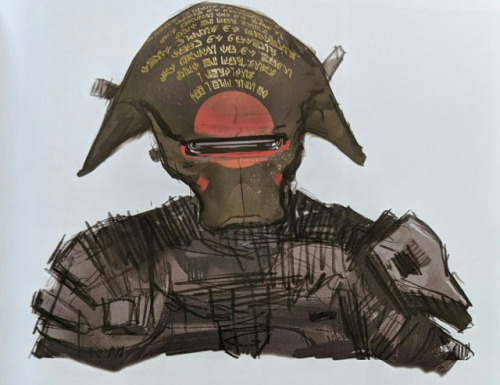
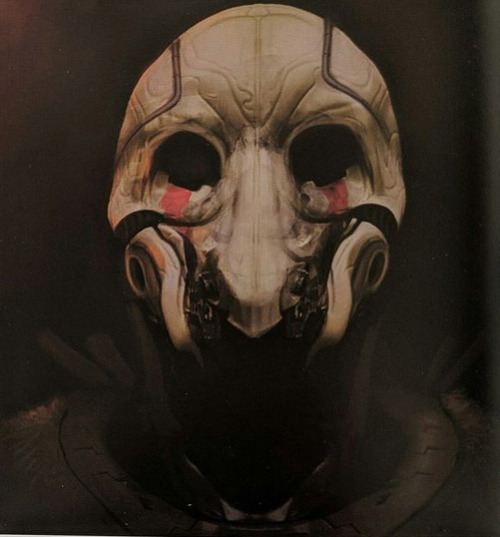
Art of Solo: A Star Wars Story:
Enfys nest
-
 luminousluciano reblogged this · 11 months ago
luminousluciano reblogged this · 11 months ago -
 idee-montijo liked this · 2 years ago
idee-montijo liked this · 2 years ago -
 eiliesplants reblogged this · 2 years ago
eiliesplants reblogged this · 2 years ago -
 jarsofplanets liked this · 2 years ago
jarsofplanets liked this · 2 years ago -
 aerospace-girl liked this · 2 years ago
aerospace-girl liked this · 2 years ago -
 appla1 reblogged this · 3 years ago
appla1 reblogged this · 3 years ago -
 scrumptioushairdoghostoperator liked this · 3 years ago
scrumptioushairdoghostoperator liked this · 3 years ago -
 nimzay1dstar reblogged this · 3 years ago
nimzay1dstar reblogged this · 3 years ago -
 kekheshan-kalim liked this · 3 years ago
kekheshan-kalim liked this · 3 years ago -
 mrclaw61 liked this · 3 years ago
mrclaw61 liked this · 3 years ago -
 artemis-ncc1701d reblogged this · 3 years ago
artemis-ncc1701d reblogged this · 3 years ago -
 artemis-ncc1701d liked this · 3 years ago
artemis-ncc1701d liked this · 3 years ago -
 swimmingbirdrunningrock reblogged this · 3 years ago
swimmingbirdrunningrock reblogged this · 3 years ago -
 lathaniel-james liked this · 3 years ago
lathaniel-james liked this · 3 years ago -
 quiqueteq liked this · 3 years ago
quiqueteq liked this · 3 years ago -
 yesjhworld liked this · 3 years ago
yesjhworld liked this · 3 years ago -
 krishchikhiabani liked this · 3 years ago
krishchikhiabani liked this · 3 years ago -
 doglover502 liked this · 3 years ago
doglover502 liked this · 3 years ago -
 fool-osophie liked this · 3 years ago
fool-osophie liked this · 3 years ago -
 accio-mywill-to-live liked this · 3 years ago
accio-mywill-to-live liked this · 3 years ago -
 devylprickq reblogged this · 3 years ago
devylprickq reblogged this · 3 years ago -
 nobeerreviews liked this · 3 years ago
nobeerreviews liked this · 3 years ago -
 delightfulpaperpost liked this · 3 years ago
delightfulpaperpost liked this · 3 years ago -
 wyomingnot reblogged this · 3 years ago
wyomingnot reblogged this · 3 years ago -
 myessenceconsistsofdeadmemes liked this · 3 years ago
myessenceconsistsofdeadmemes liked this · 3 years ago -
 sarrahsierra liked this · 3 years ago
sarrahsierra liked this · 3 years ago -
 virtualzonkslimepickle liked this · 3 years ago
virtualzonkslimepickle liked this · 3 years ago -
 mysticnaturedesignstudent liked this · 3 years ago
mysticnaturedesignstudent liked this · 3 years ago -
 theelectricginmachine reblogged this · 3 years ago
theelectricginmachine reblogged this · 3 years ago -
 weird-is-all-ive-got reblogged this · 3 years ago
weird-is-all-ive-got reblogged this · 3 years ago -
 omlette87 reblogged this · 3 years ago
omlette87 reblogged this · 3 years ago -
 kimbermcleod reblogged this · 3 years ago
kimbermcleod reblogged this · 3 years ago -
 kimbermcleod liked this · 3 years ago
kimbermcleod liked this · 3 years ago -
 daylight-moon reblogged this · 3 years ago
daylight-moon reblogged this · 3 years ago
